-
Posts
4,229 -
Joined
-
Last visited
-
Days Won
98
Content Type
Profiles
Forums
Resource Library
Events
Gallery
Blogs
Store
Community Map
Posts posted by Mayner
-
-
Most of these printers are probably manufactured in China, TurbCAD also market printers with compatible software priced from $1200-$11000 US.
If you are tempted to have a go first try producing a simple model model using one of the free-3d design packages like Google Sketchup or Autodesk 123D http://sitesupport.123dapp.com/home and having the design printed by a bureau like Shapeways or I Materialise.
Shapeways can be a pain to deal with but their frosted detail material is suitable for our use and capable off producing small detail parts and I Materialise have a good reputation, local companies that offer a rapid prototyping service to industry may also be able to help.
-
Wow. Only one thing, who knows 3-d Cad?
[ATTACH=CONFIG]2735[/ATTACH
The 3-d Cad the easy bit, the headwrecking stuff is converting the 3-d drawing to a format the printer can use.
Personally I think its probably easier and a lot cheaper to either scratchbuild or prepare a 2 d design for etching or laser cutting than mess around with 3-d printing in its current state.
-
They seem to be out of quite a few 5'3"-related items. I'm just after having a message from Jeremy saying he thinks he's out of the back-to-back gauges as well (even though the online shop says they're available). Not good if you're wanting to make a start in 21mm.
Jeremy Suter produced some whitemetal wagon kits about 10 years ago including a standard 10T van, GN & NCC container wagons with bread containers, MGWR loco coal and a UTA parcel van all designed for 21mm, it might be worth enquiring if he would be prepared to do a re-run?
-
For what it's worth, my theory on the low level of new locos is that a new loco has to be paid for out of capital, whereas you can rebuild an existing loco out of income. To have capital, you may need to declare a dividend and pay corporation tax on your profits. A nice rebuilt J15 could be had, with new frames, new boiler, even new cylinders, and maybe keep the cab just so you can say it's a rebuild, for a lot less money. That's just a theory - I've no evidence for it whatsoever.
Alan
I think the low level of capital expenditure was more to do with insufficient net income to fund renewals and pay a dividend to ordinary shareholders than anything to do with tax avoidance.
Rather than new locos and passenger stock the GSR appears to have concentrated capital investment which paid off in modern terms of cost savings and operational efficiency, like the Midland Line singling, Kingsbridge, Harcourt Street and Amiens Street-Dun Laoire power signalling schemes and the new Inchacore Erecting Shop.
To a certain degree the GSR in the 1930s was ahead of the UK in superheating older superheated loco could be charged to current expenditure and use up to 20% less coal to do similar work to a saturated engine.
The draub GSR livery and image was probably a hangover from GSWR obsession with economy, committees were formed to hunt and melt down brass number and name plates and carry out work study of Inchacore piecework rates.
While at the same time the road transport side of the business built really modern Art-Deco tourist coaches and streamlined horse-boxes
-
My first thoughts was why did The Cavan & Leitrim want with Exactocsale.
It looks like Peter Llewellyn is planning to replace worn out C&L toolings with Exactoscale http://www.rmweb.co.uk/community/ind...e_fromsearch_1 .
-
First class really neat. Did you use plastic sections or metal?
-
I dont know if there is any connection, but a minimum space 7mm Irish Broad Gauge layout Port Lairge Wharf appeared in 80s and is still on the Scottish Exhibition circuit http://home.btconnect.com/Enhance-Ecosse/llcase.html.
This is part of Richard Chown's Castle Rackrent empire based on 19th Century WLWR practice the fiddle yard is called Port Lairge Market!
The running lines along the waterfront is a fairly recent deveopment, in the 1970s main line was diverted to run along the riverside to provide space for the present day gantry road and freight loops.
Originally there were sidings in the area between the main line and the river, complete with a rail served wharf used for importing coal, Port Lairge Wharf?
-
Some ????????????? do this sort of thing on purpose http://www.youtube.com/watch?feature=endscreen&v=cLEm-SQb6co&NR=1
-
I wonder if this was one of the kits for CDR nos.19/20 that were produced by Anbrico. They were the only kits available at that time for this last pair of CDR railcars, and did not replicate the real thing's articulation between driver's cab and passenger section - they came as one fixed unit. Unbuilt ones have commanded large sums in the past.
The Anbrico railcar was relatively short-lived in production, and we had to wait about three decades before Worsley Works brought out its own etched kit for 19/20.
Yes its built from an Anbrico kit originally built in OO9 more or less in accordance with the instructions with a Fleischmann Picollo 0-4-0 steam loco power bogie rather than the Anbrico whitemetal version. I rebuilt the car as an articulated unit about 20 years ago with a re-gauged Fleischmann diesel shunter chassis as a companion for a Backwoods Railcar 14.
I had a nasty surprise during the latest re-build the whitemetal castings appear to have become brittle and easily damaged.
-
I have done some development work on designing a 4 wheel container wagon producing some test etches for the 22'6" flats used on the Asahi and general container traffic.
The wagon is designed to run on 21mm or OO gauge and I am looking at ammending the final design to simplify assembly and to add some weight either mixed whitemetal and brass or all whitemetal construction.
The other alternative is the earlier steel floored flats that didnt last long in container traffic and ended up under the Bagged cement and beet doubles.
At this stage I am trying to get an idea of the number of people interested i.e. whether to comission a 10-50-100 or 1000 wagons
-
A barrier is only required where there is a risk of a spark from the loco igniting the load, petrol or light fuel oils, trains conveying heavy fuel oil like Foynes-Drogheda, Foynes-Ballina or Tivoli-Ballinacourty didd not need a barrier wagon.
On trains like the Northwall-Claremorris and Asahi Liner that conveyed highly inflamable and general freight, the tank wagons/container were marshalled at the end of the train behind the general freight.
Tank wagons are basically colour coded, highly flamible liquid silver of grey barrel generally with red solebars, heavy fuel oil, tar and bitumen plain black.
There are some good photos of the ESSO and Foynes-Ballina oil trains which show up these differences in Rails in the West,
-
I had one of the MTK 201 kits and it sat for years in a box before i plucked up the courage to dump it, it now lives in the same box in Newry and i dont miss it. I never ever measured it and i dont want to and god bless PM for helping me with my affliction as i it looked rougher than some of the MILS you hear about.
Anyway back on topic this is what i saw on the SSM website and it looks well Des.
[ATTACH=CONFIG]2527[/ATTACH]
Certainly looks the part Des!
At the time Mike Cole (Q Kits) and MTK more or less pioneered modern traction modelling, unless you can actually go out and measure the prototype there is a lot to be said for Colin's approach the official drawings are often an indication of the designers intent rather than anything else, I have a CIE GA of a Beet double that is nothing like what was actually built.
-
Slightly OT but I think I read somewhere that during the GSR's 20-year existence it had sufficient funding to build fewer than 50 new engines. Much of its activity was necessarily engaged on belt-tightening.
While the lack of money was obviously a factor most mainline duties would have been worked by relatively modern GSR or pre-amalgamation locos, with the older locos on branch and secondary lines most of which were up for closure by the 1930s.
I think the high average age of the fleet was more due to the large number of J15s and small GSWR passenger locos than anything else, part of the problem was that the attempts to build a slightly more modern replacement for the J15 and a modern passenger tank for the Dublin Suburban services were unsuccessful.
Rather oddly the GSR scrapped some of its more modern locos in the 1920s, surviving class members remained on main line passenger and freight work until dieselisation. These may have been considered redundant with the introduction of the Woowich or not worth the cost of an overhaul.
Even odder still in the 1930s the GSR built the 342 Class 5 new mixed traffic 4-4-0s based on a 1903 GSWR design to replace 5 similar GSWR 4-4-0s scrapped in the 1920s.
-
Most diesels and modern steamers have a scaled down standard gauge than a narrow gauge look in order to fit through the tight tunnels on many lines http://www.youtube.com/watch?v=s2YH-djIASE.
Several of the Frateschi locos have similar bogies to the Irish Bo Bos and 121s, the scale seems to vary depending on whether the loco is based on a South American broad or narrow gauge loco.
Rather than use the more popular scale and vary the gauge New Zealanders tend to vary the scale and use a popular gauge with an extensive range of kits available in most gauges steam diesel and electric.
9mm on O gauge is particulary impressive
-
Hi Horsetan
Good luck with the S Class I have built 2 with a good can motor and a decent gearbox they build into a powerfull sure footed loco.
Ultrascale http://ultrascale.com/ will supply high quality S4 wheelsets to order for 21mm gauge both plain and pinpoint axle, 6-8 week delivery more expensive but far superior to Aland Gibson.
My local supplier Northyard http://northyard.co.nz/catalogue.pdf will supply a 28mm SN3.5 pin point axle which is suitable for use with Gibson and Maygib wagon and coach wheels.
-
I haven't taken too many photos in recent years but last Friday and Saturday the Sun actually shone and it got marginally warner.
West/Northbound Metroport service behind Chinese built DL9066. These have MTU power units with a seriously noisey exhaust, the Metroport trains run to 120TEUs or 40-50 bogies, imported goods in exported Milk Powder out!
While freight has been doing very well, the future of long distance passenger services is more uncertain.
The North Islands sole remaining long distance passenger train the Overlander has been re-branded and re-equipped with new locally built Panoramic stock as the Northern Explorer replacing stock built in the 1940 & 50s.
The new train is aimed at overseas visitors as a "Tourist Experience" operating Wellington-Auckland 423 Miles on alternative days with most of the smaller stopss eliminated.
Day Car
Microwave Cafe
Observation car/generator van.
-
great picture of that era...the athmosphere is something!
The smog from the city and diesel exhaust, would add to the atmosphere

The approaches to Cork were very interesting at that time with the cabins at Rathduff, Rathpeacon and Kilbarry and the 'run of goods" between Cork and Rathpeacon Yard.
There always seems to have been long strings of wagons loaded with scrap at Kilbarry and even into the 80s control had a habit of running a Liner through the tunnel and up to Kilbarry immediately before an up-Intercity.
This may have been something to do with conditioning the rails to reduce the risk of an 071 slipping with the Intercity, at one stage a loco and brake van would be used to sand the rails through the tunnel before important passenger departures.
-
Almost like being home!
Google Streetview!
Hard to believe that this was once an important freight terminal, trains would have been unloaded just over the crossing, access to the Avonmore plant was by a set of gates somewhere in the bushes that grew up over the past 10 years since the traffic finished!.
IE had started to install a run round loop roughly where the track panels are laid in the grass on the Northern side of the line.
-
John have you any photos of the scrap trains as I never knew scrap was carried on Irish Railways. Would make a nice train to model.
Alas no.
The scrap metal containers were carried along with keg and container traffic on the Galway Liner that ran at night rather than a separate train.
The containers seem to have been old 20' containers that had the roofs removed by gas cutting, they were painted a dark blue and looked pretty rough, they may show up in photos of Galway station and North Wall Midland.
If you are looking for a challenge in the 1970s CIE ran loose coupled block trains off crushed cars to Cobh in standard 12t corrugated open wagons.
-
The 40ft beet containers had an extra door to the side of the wagon and the Iso container end doors were kept closed. To discharge the side door was opened and the water carried the beet out the side same as with the two wheelers.
If I was unloading the Grain I would make it either end tipped (end doors open and lift container up) with a special road trailer or else unloaded using a grab but not sure which was used.
To load in Waterford the wagons were put under chutes and the grain dropped in. There's a picture of the set up in the feb 2004 IRRS journal. While Dublin and Foynes both seem to have involved a road shunt.
In the uk and europe their special grain wagons had doors on the bottom like the HOBS and the grain was tipped into a pit between the tracks and then carried out and up using an auger system.
The grain and mollasses traffic was set up on pretty much of a shoe string to use under-used redundant stock and would have been carried pretty much at marginal cost, the downside was that it was pretty easy to abandon the traffic as neither IE or Avonmore had any capital tied up in modern wagons or terminal facilities.
CIE also used similar dark blue open containers for coal traffic to Arklow and Ballina and scrap metal to Oranmore, the scrap containers were naturally a lot scruffier and seem to have started life as standard containers that had their roofs cut off.
There seems to have been some investment at Foynes the backshut from the old lead & zinc (Mogul) tippler was extended eastwards into a paved area for loading grain and mollassess trains complete with overhead chute. There is a photo of the Foynes arrangement in one of the IRRS Journals and I have a photo somewhere of the chute and the Premier Mollasses storage tank in Foynes.
There seem to have been enough containers in use to allow loaded and empty containers to be swapped around to allow the train to be loaded quickly as there was usually a ground stack of containers waiting loading/unloading at both Portlaoise and North Wall.
-
The beet wagons (single and double) were emptied with high pressure water and i imagine the 40 foot containers were like wise but just opening the door would only allow the bit of the load against the door to fall out unless the container was tipped up but the wagons did not have tipping gear so either HP water or the tarp was removed and a tippler was used or a high power vacuum vacuum was used to suck the load and dont laugh i have seen one of these systems in use and it sucked a welly of a guys foot no problem.
Garreth we are talking about Ireland where some form of road rail transfer is nearly always involved even for siding to siding traffic
The grain was carried in open ISO and purpose built containers on standard 4w flats and bogie wagons.
The containers were lifted off the train by forklift on the stub of the Coolnamona Siding in Portlaoise and taken into the Avonmore Feedmill for unloading.
The set up at Portlaoise was pretty basic a gate in the boundary fence between the railway and Avonmore and some hard standing for the forklift to operate. IE started to install a run round loop then lost the traffic following the ILDA dispute.
In its final years bogie wagons were used with the trains running from Dublin with a road traansfer at either end.
-
I saw a photo of an even shorter version, on it's own, in either Dundalk or Drogheda, about 2004. It looked like a yellow coffin, and neither man nor beast would fit into it .
Aha I found it! I apologise about copyright etc. but it came from fotopic, and I neglected to snapshot the owners text at the bottom. I'll happily re-apply the owners name to the image, or remove it. No offence intended.
[ATTACH=CONFIG]2339[/ATTACH]
Sperry's are famous in North America for using old Gas Electric Doodlebug railcars as test cars. The little 4 wheeler looks suspiciously close to an American Scale Test Car, I am not sure if there is anything close in rtr or kit form.
-
As far as I know during the early 90s there was a short lived experiment to so if they could send the ore out cheaper by port from Arklow rather than Dublin.
I didn't realise Tara ore went out through Arklow somebody must have been trying to put the frightners on Dublin Port, the cost of getting the ore to Arklow would have been much higher compared with Dublin, much longer rail journey, lighter train loads and road transfer.
Originally traffic from Tara went out in Byrytes wagons through Foynes, the Alexandra Rd Tara Terminal (Gouldings Wharf) was picketed by Gouldings Fertiliser workers who were looking for better redundency terms for several months.
-
Those vans were generator / steam vans (GSVs). They had a generator for electric lighting and a steam boiler for steam heating. The Cravens coaches had 'train line' lighting and a 'TL' suffix on their numbers in the late 80s, which meant they needed a light source because they didn't have a dynamo fitted beneath the coach. Some other coaches also had the TL suffix, but I can't remember which. The advantage was that, when your engine broke down, you weren't left sitting in the dark. I think the Park Royals and laminates had the dynamo, and worked with a heating / luggage van (HLV), but I wouldn't be sure on that. There were some coaches that had storage heaters for working the Ballina branch without a van. Oliver Doyle and Stephen Hirsch's first edition of Locomotives and Rolling Stock of CIE and NIR had all the details.
Alan
Up to the introduction of the TL system most coaches would have had a dynamo and batteries for lighting, a few gas lit ex GSWR coaches may have lasted into the early 70s, while a SLNCR Hurst Nelson bogie coach built in the 1920s which was intended for day-time use was never fitted with lighting.
The TL lighting system was supposed to be cheaper to maintain than battery and dynamo, but I am not sure if anyone factored in the fuel and maintenance costs on the generators, let alone the noise pollution.
The Loughrea and Ballina coaches were fitted with storage heaters mainly to avoid having to haul a HLV around. Loughrea was worked from the mid 1960s by a G Class with a relatively modern Laminate Brake End.
Ballina lost its branch train and main line connections around the same time but the service was re-instated in the 1970s initially with a through Ballina Coach attached to the down morning and up evening Dublin-Westport services and later a connecting servicce between ballina and Claremorris.
CIE fitted an early 1950s Bredin style Brake End and a Laminate coach with storage heating and bus style seating for thee Ballina Branch, but seem to have gone over to Park Royal later Craven and GSV operation by the mid 1980s.
.png.c363cdf5c3fb7955cd92a55eb6dbbae0.png)

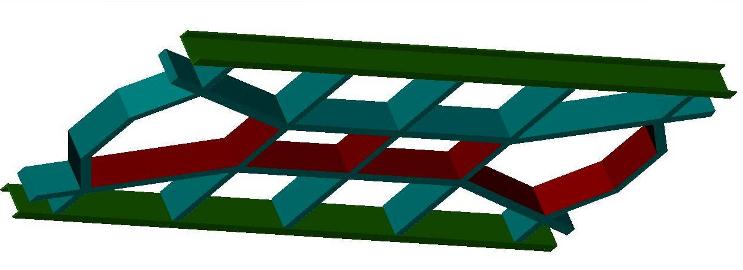

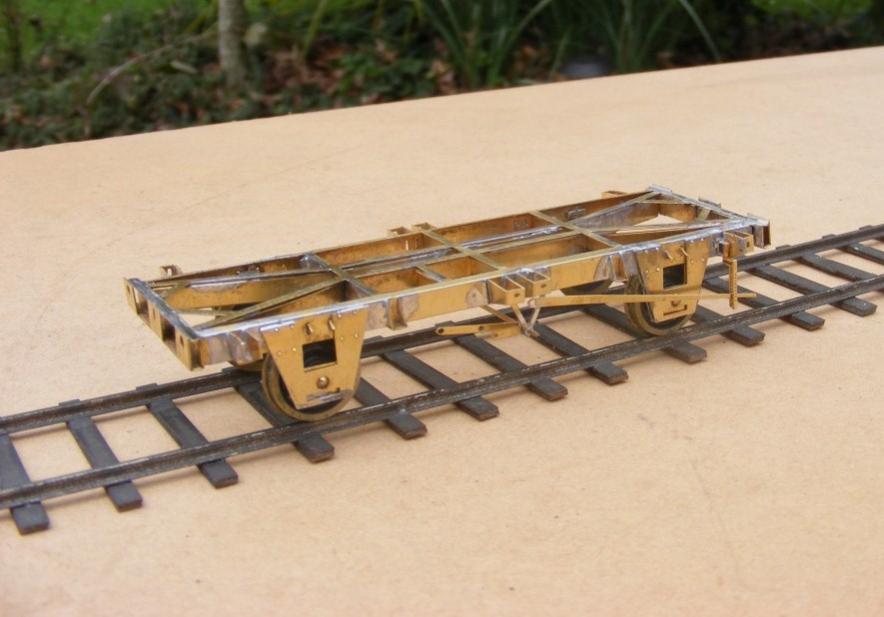
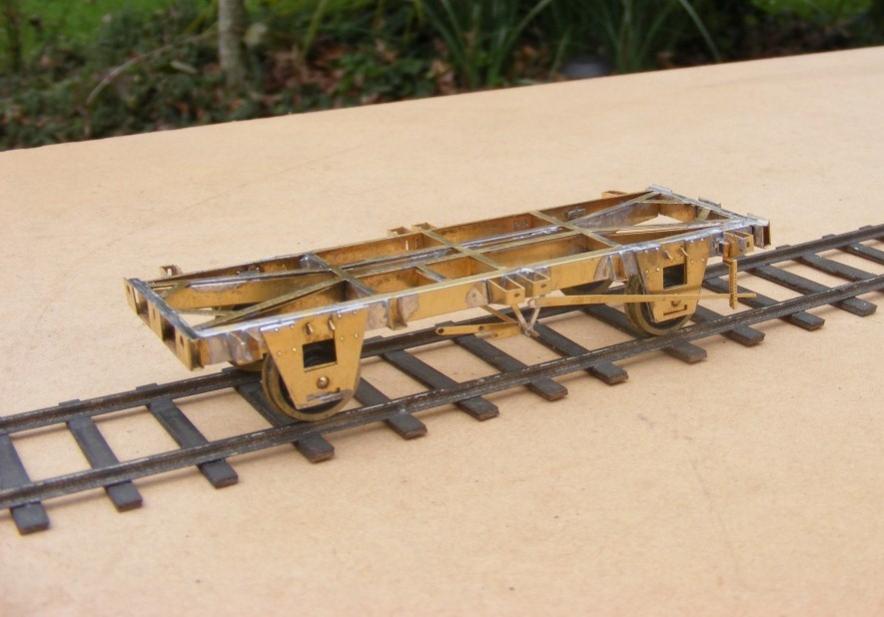
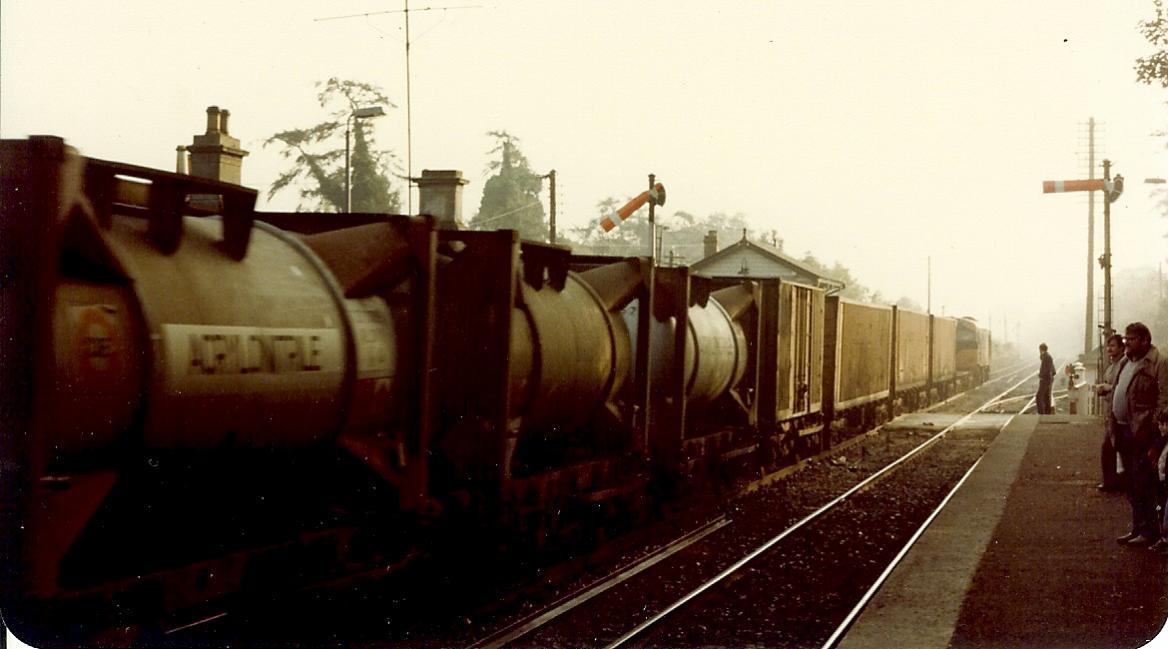
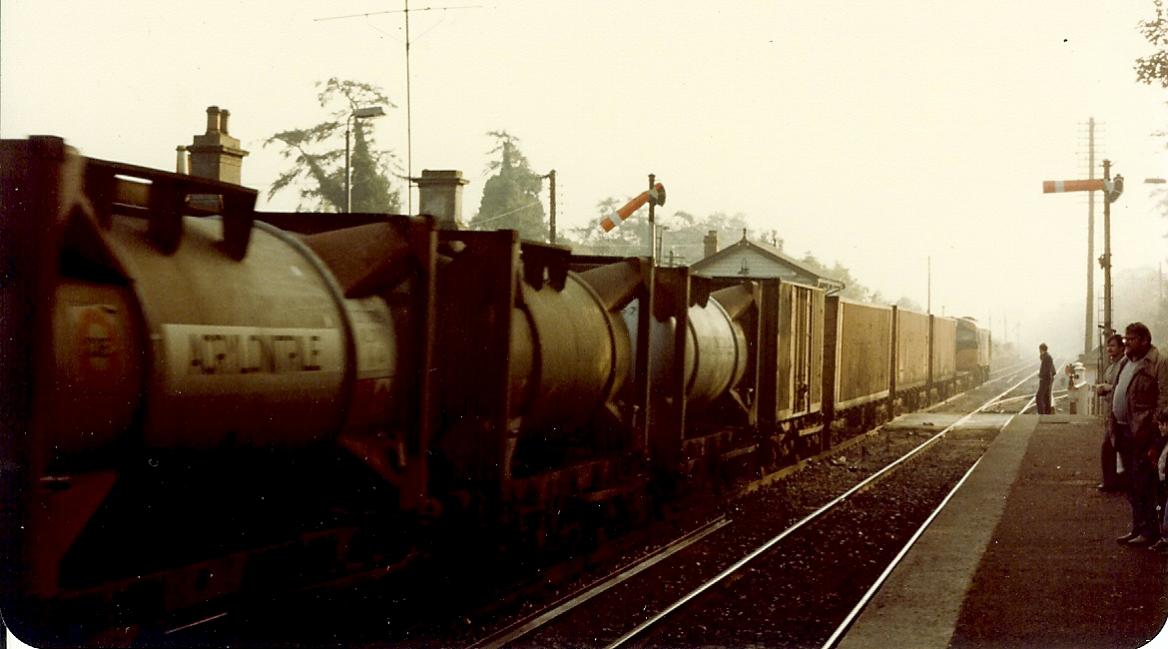
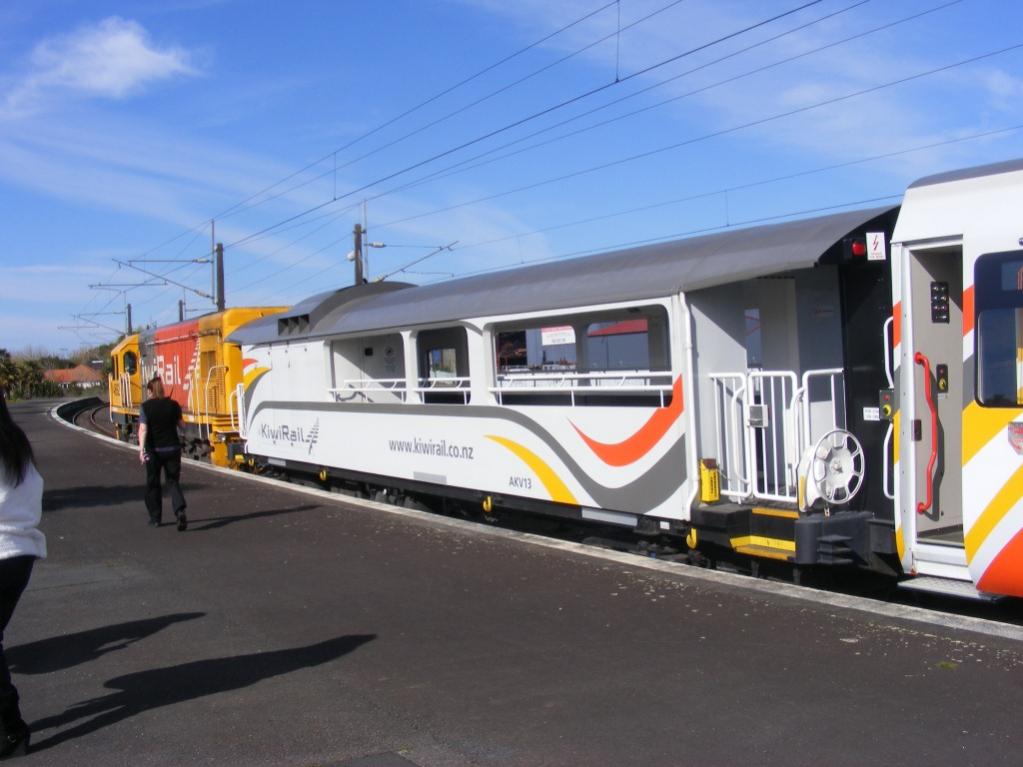


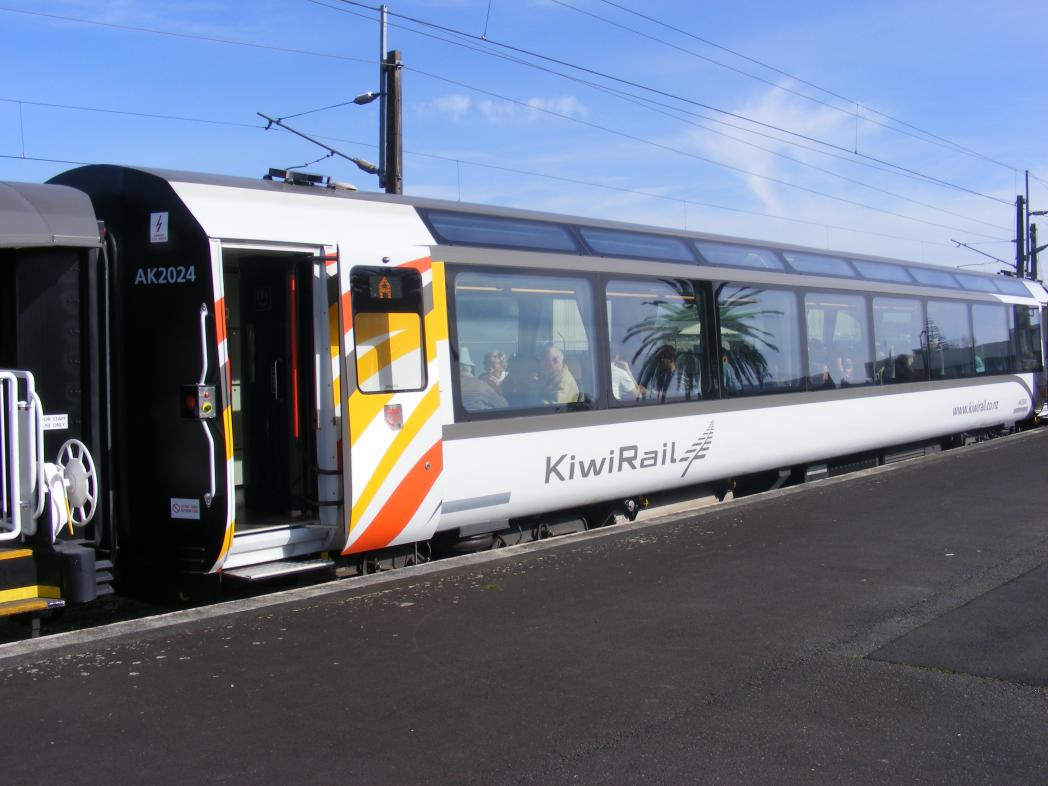
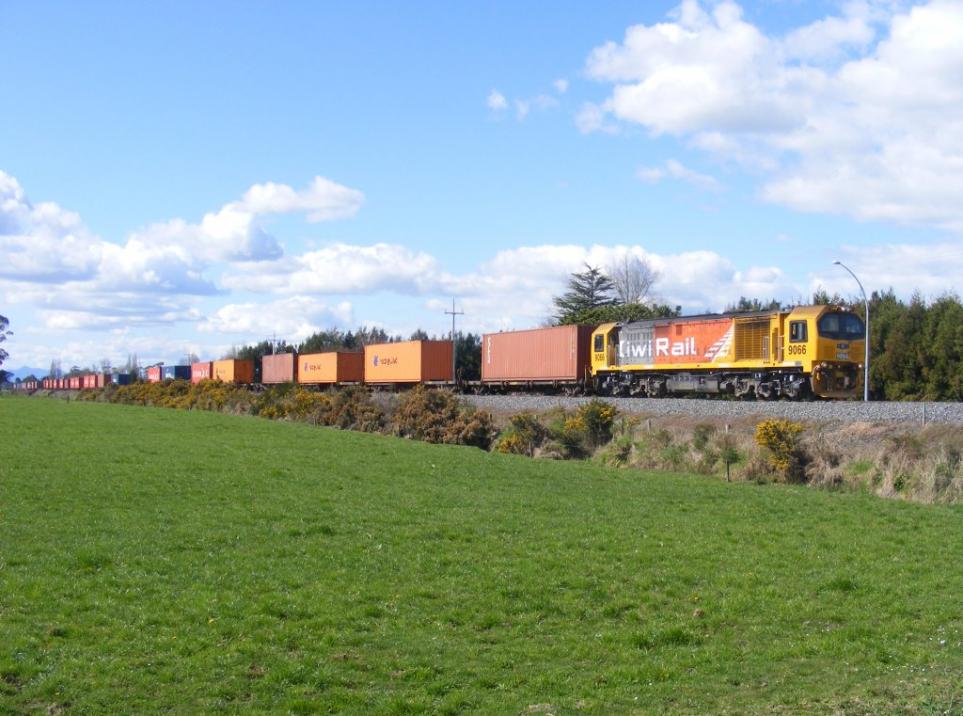
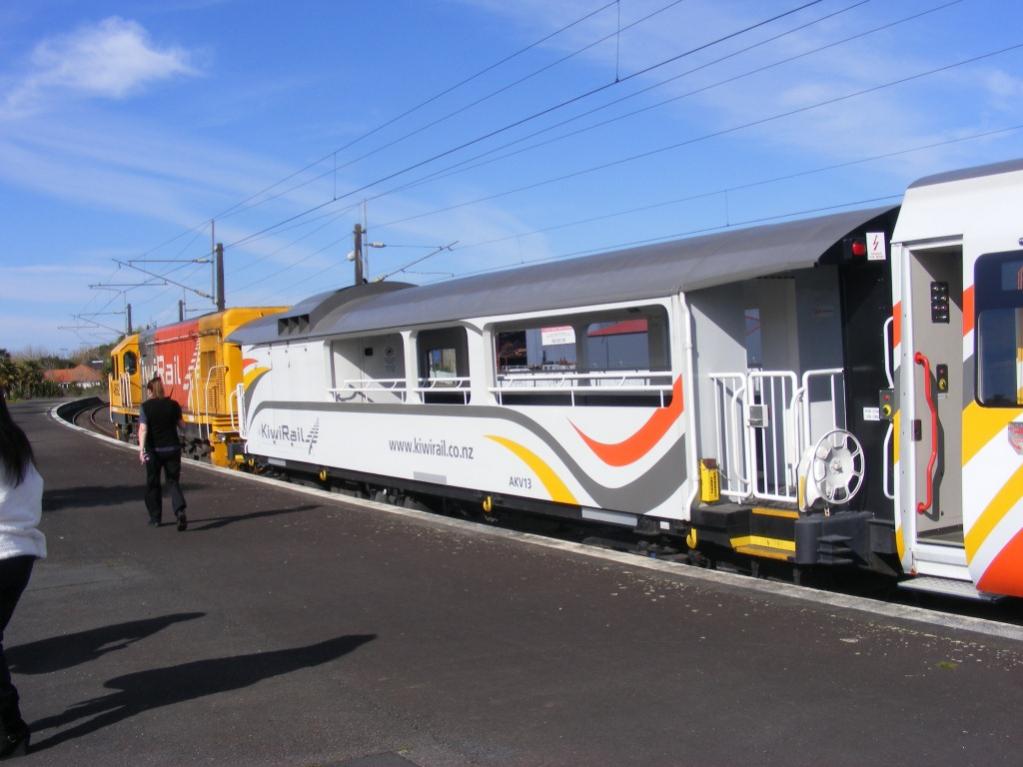
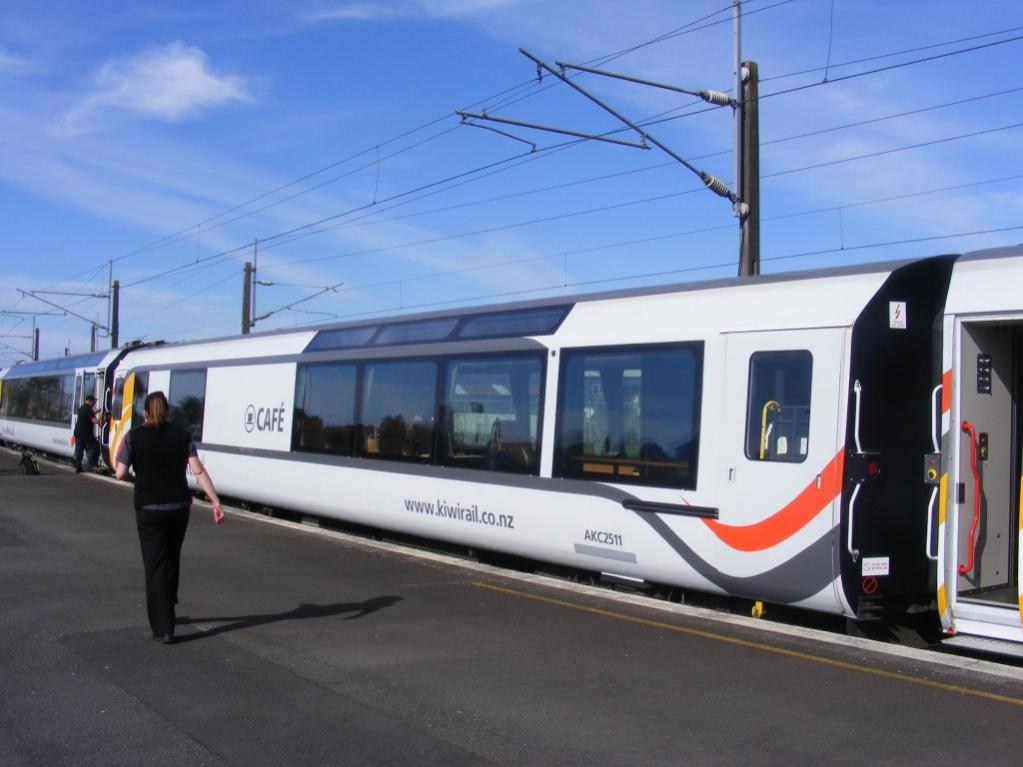
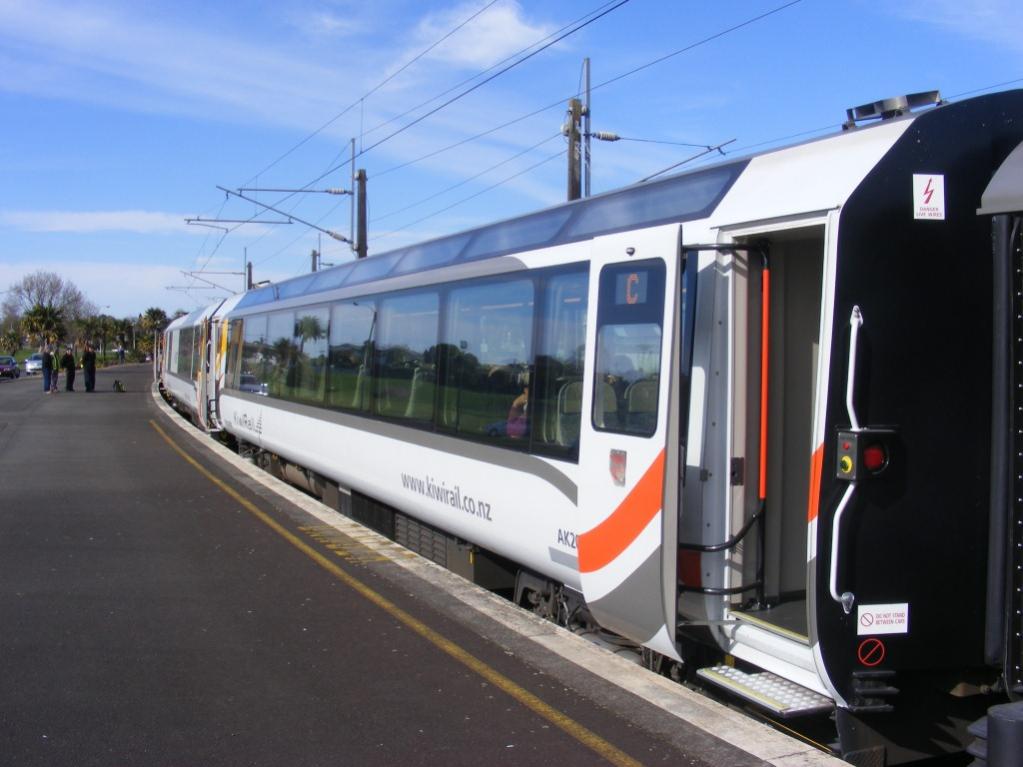
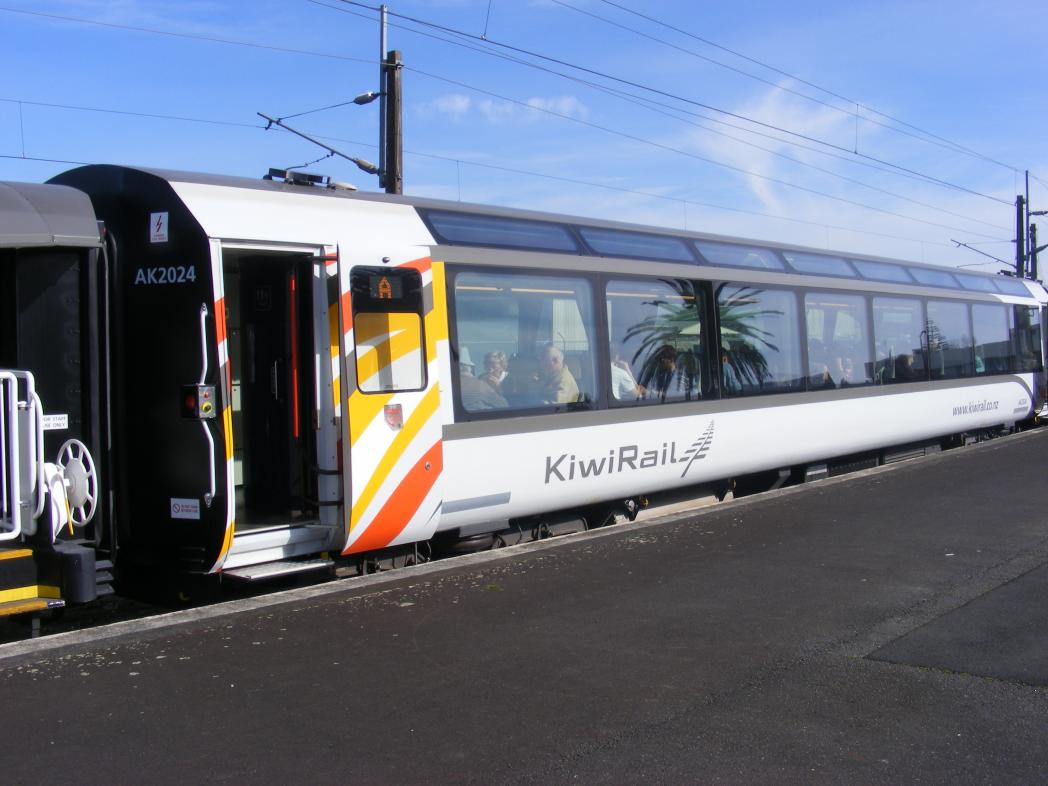
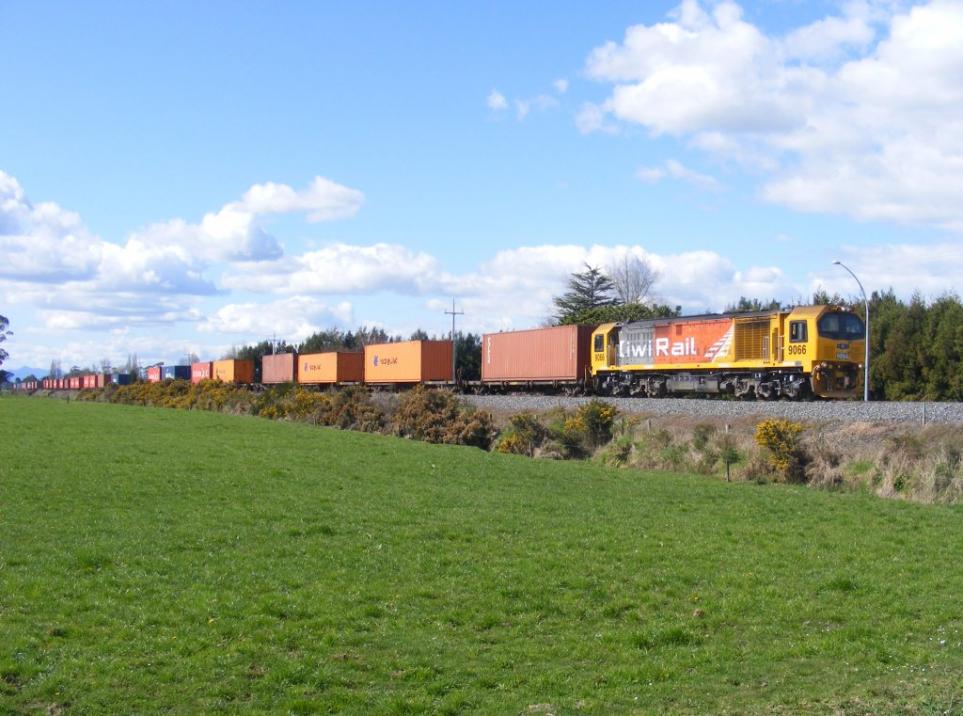
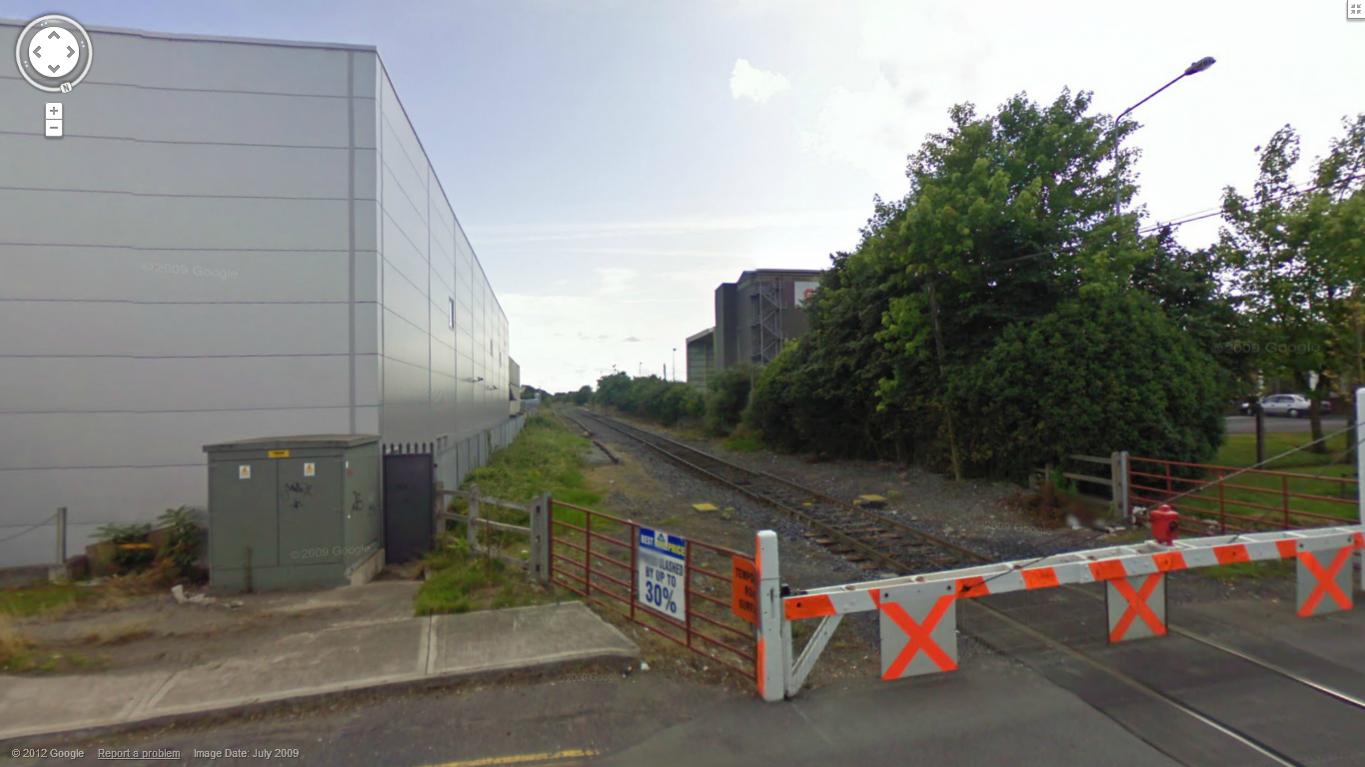
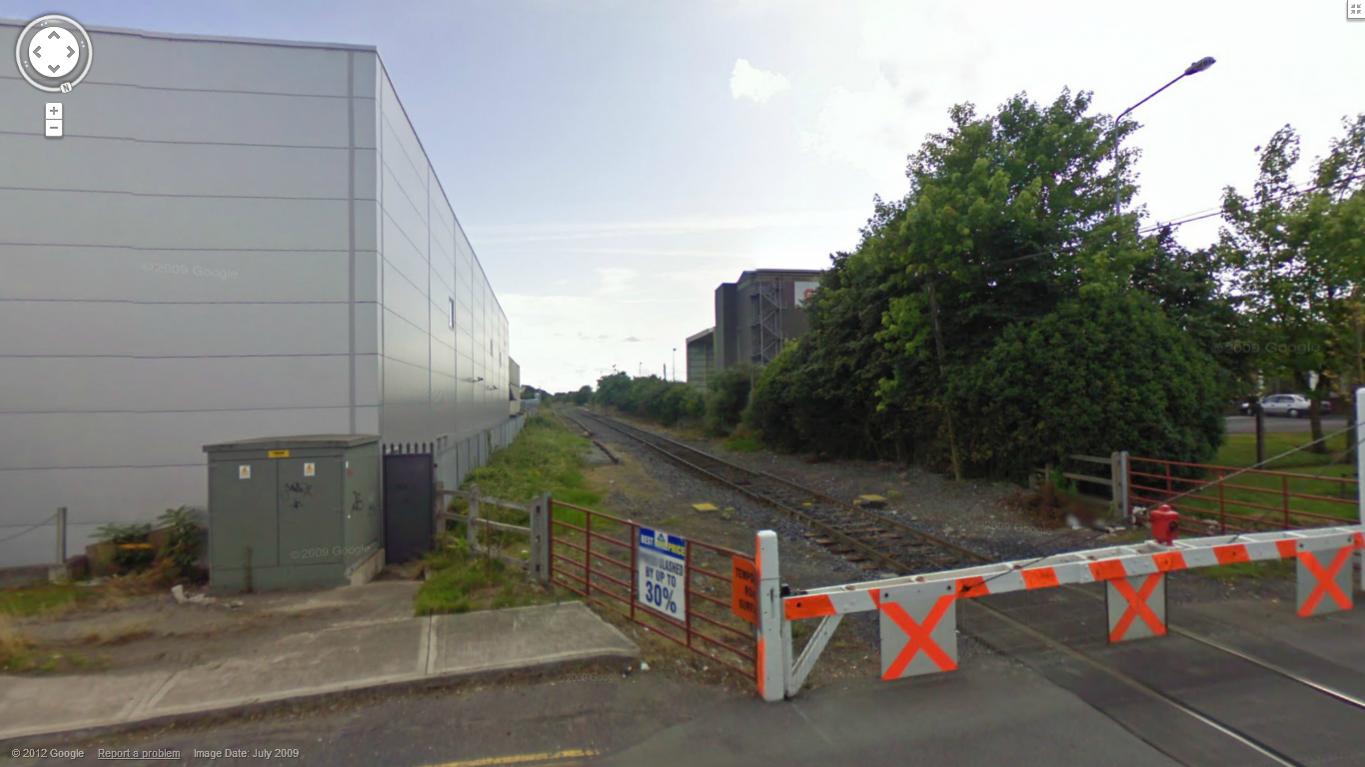
Replicator2 new 3D printer
in News
Posted
Estimated shipping to Ireland around $150 which appears a bit on the low side, add Customs Clearance and VAT if its shipped by Fed-EX.